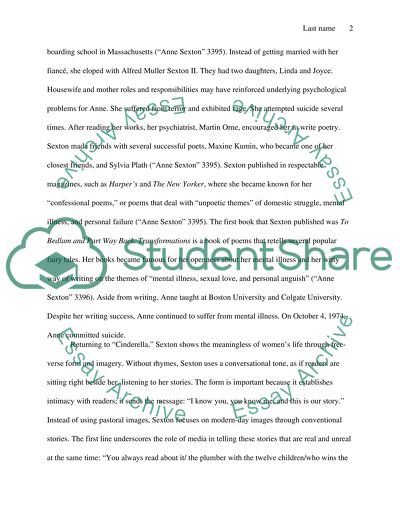Cite this document
(“Meaninglessness of Womens Life in Sextons Cinderella Essay”, n.d.)
Retrieved from https://studentshare.org/literature/1480073-meaninglessness-of-womens-life-in-sextons-cinderella
Retrieved from https://studentshare.org/literature/1480073-meaninglessness-of-womens-life-in-sextons-cinderella
(Meaninglessness of Womens Life in Sextons Cinderella Essay)
https://studentshare.org/literature/1480073-meaninglessness-of-womens-life-in-sextons-cinderella.
https://studentshare.org/literature/1480073-meaninglessness-of-womens-life-in-sextons-cinderella.
“Meaninglessness of Womens Life in Sextons Cinderella Essay”, n.d. https://studentshare.org/literature/1480073-meaninglessness-of-womens-life-in-sextons-cinderella.


